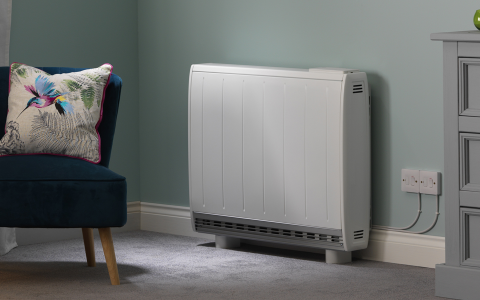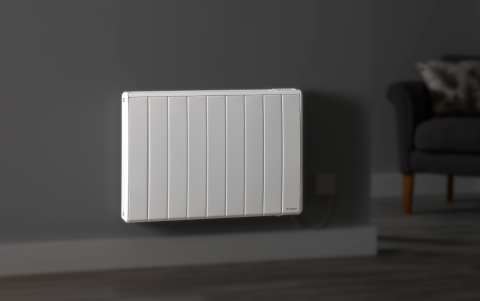Buying guide
Air Purifier
Five things to consider
Enjoying clean, pure air in your home is easy with an air purifier, but there’s a lot to think about when it comes to choosing which model is right for you. This handy guide will help you decide what features are most important to you, from filter technology to additional functionality.
Why do you need an Air Purifier?
Deciding why you need an air purifier will help narrow down the type of technologies that you will need. If someone in your home has allergies, then choose a purifier that features a HEPA filter, or if you’re looking for an easy way to neutralise cooking smells in your kitchen, a purifier with carbon filtration is ideal. For all-around use then look for a model that features a combination of filtration stages – the more stages of filtration, the cleaner the air will be.
What do Air Purifiers do?
Reduce pollen, allergens and odours
Reduce dust and pet dander
Circulates cleaner, fresher air
What Filter would work best?
Once you’ve decided where you are going to be using your air purifier, it’s important to consider the filter best suited for your room.You should also consider the ease of buying and installing replacement filters. We have ensured this process is as easy as possible, with replacement filters sold online and instructions on replacing the filter included in the product manual.
Activated carbon filters neutralises any odours and traps potentially harmful gasses and chemicals such as cigarette smoke. While HEPA filters are able to retain up to 99.97% of polluting particles such as pollen, bacteria, pet dander and spores, making them ideal for allergy sufferers. Ionisers work great with this technology as they cause the particles to clump up, being more easily captured by the HEPA filter, so for more efficient operation look for a product that has both.
What size do you need?
Different purifiers can be used for different sized rooms, so make sure that you pick a model that will best suit the room dimensions it will be used in. It is also worth considering whether you want your purifier to be standing on the floor or ‘table-top’ style, depending on where in the room you decide to use it. The weight and physical dimensions should also be thought about if you intend on moving the purifier around the home as needed.
What Features do you need?
Some air purifiers like the DXAPV3N Purifier feature Viro3 technology which produce negative ions that help combat positive ions that are prevalent in airborne viruses. It is also worth considering a purifier with differing day/night speed settings. Dimplex air purifiers offer this feature where the night setting allows for the air purifier to run at a very low fan speed to enable you to get a good nights sleep with minimal noise intrusion.

Dimplex to exhibit product showcase at InstallerSHOW 2024 Stand H90
Dimplex has announced it will be exhibiting at InstallerSHOW 2024 on stand H90 between 25th-27th of June.

Spring Clean for a Healthier Happier Home in Spring 2024
Spring is officially here! Even though it comes with a mixed bag of seasonal weather, one thing is certain: longer days and warmer temperatures are on their way. As the spring flowers bloom, returning some much-needed colour to our parks and public spaces, people often mark the change of the seasons with some spring cleaning.

We are Dimplex
Dimplex announces brand endorsements











